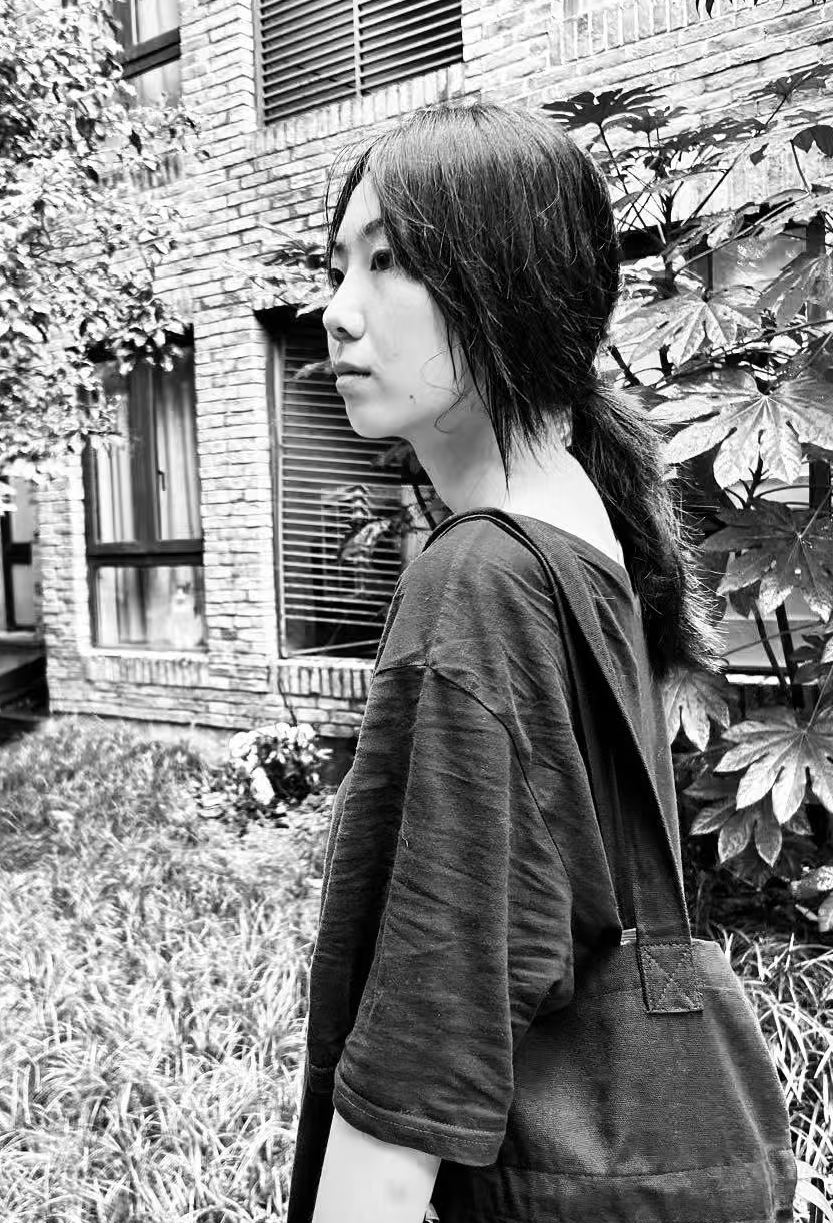About Me
I am an interdisciplinary researcher and multimedia designer with a background in graphic design and typography. I am currently a Master's student at the China Academy of Art (SIMA – Institute of Network Society), advised by Professor Sunquan Huang. My studies in computer technologies, media theory, and philosophy of technology inform a critical perspective on how emerging technologies and artistic practices shape multisensory experience. I am particularly interested in advancing human–computer interaction and novel interfaces, such as Brain–Computer Interfaces, where auditory and visual immersion plays a central role.
At present, my research combines field recording and algorithmic methods to investigate the perceptual and cognitive dimensions of sound and light, with a strong focus on spatialization and immersive environments. As founder of the Mountaineering Acoustics Network (co-founded with Gewenxin Yu), I explore the acoustic and visual expression of extreme environments. I also co-initiated AI + Soundcraft, a community fostering dialogue between AI-driven sound research and artistic practice, while actively contributing to FLOSS tools.
Research Interests
- Brain-Computer Interfaces & Multisensory Interaction: Exploring how auditory and visual cues can be leveraged for intuitive BCI control and feedback, enhancing human-computer interaction through perception-driven interfaces.
- Perception & Cognition of Sound and Space: Studying how humans interpret complex spatial and acoustic cues in varying contexts.
- Interdisciplinary Creative Research: Bridging artistic design with scientific inquiry to develop new paradigms of media interaction.
